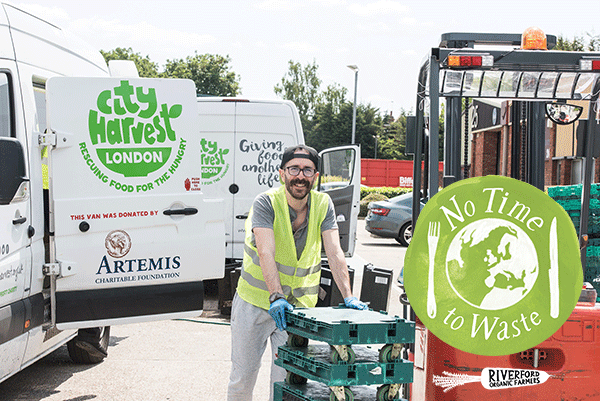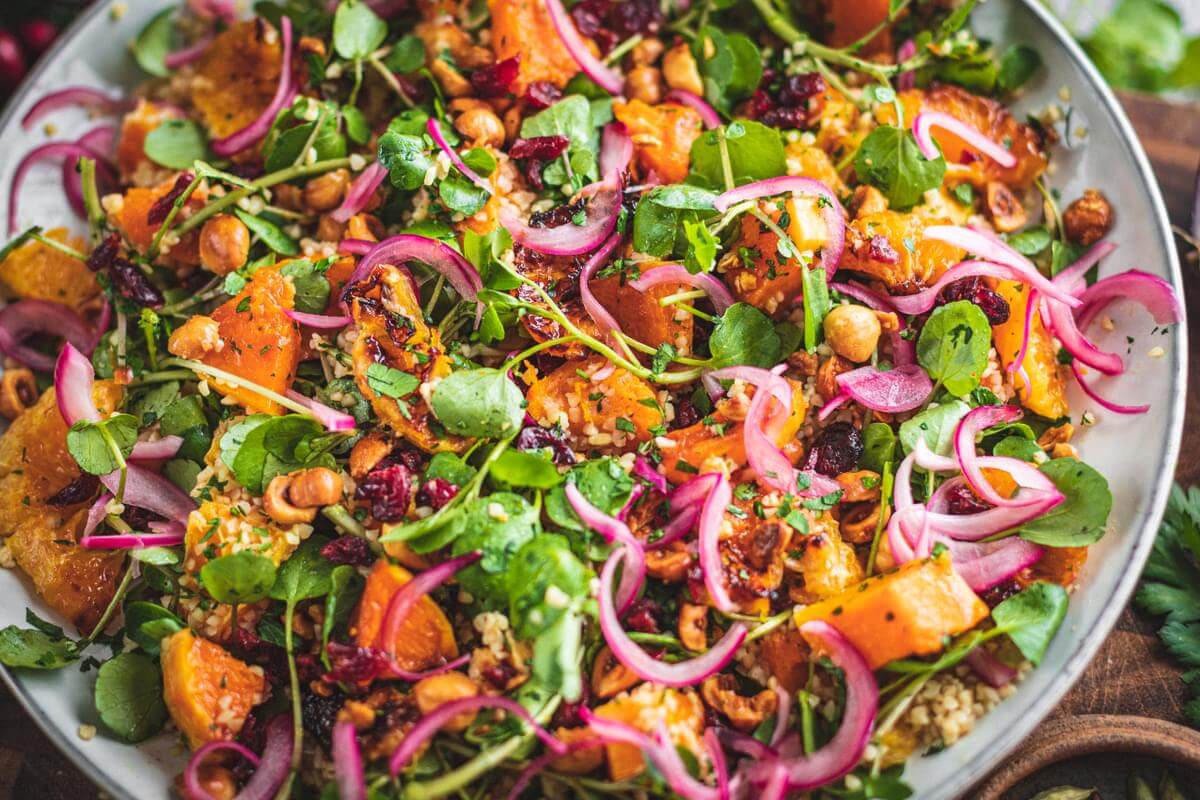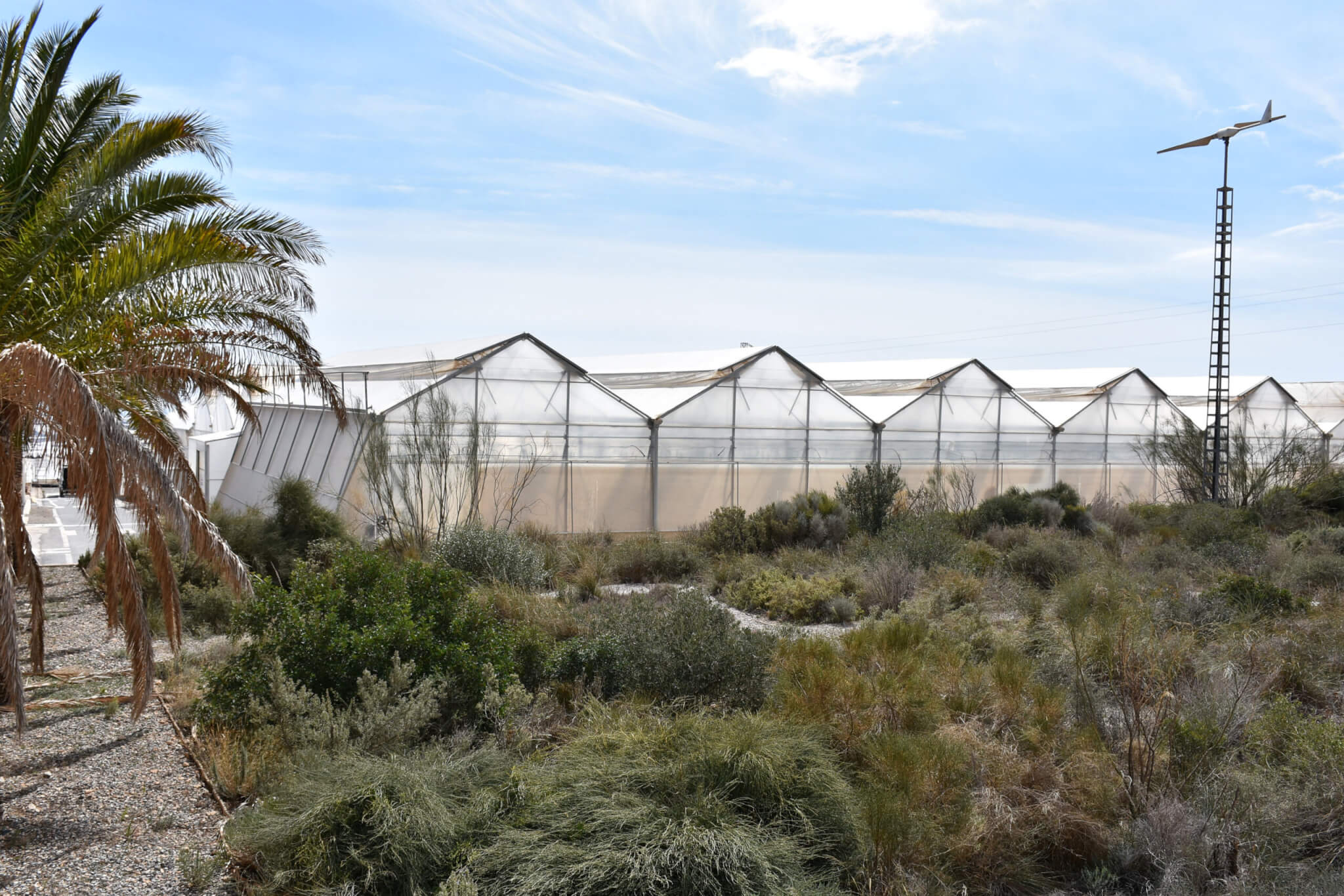I think that we can safely say that awareness about the deleterious impact that food waste has on the environment has grown significantly in recent years. Food waste is one of the leading contributors to climate change as it decomposes and releases methane, one of the most toxic greenhouse gases.
In our homes, there is an increasing consciousness about purchasing correct quantities and using food before we have to bin it.
For businesses the issue of food waste is more complex. For some companies, awareness about the urgency of reducing food waste is just dawning. For others, implementation of sustainability practices in their organisations has begun but the issue of food waste still poses challenges.
According to the food waste hierarchy developed by the Waste Resources Action Programme (WRAP), all edible food waste should go to people. But this is where the challenge begins: many companies don’t even measure what these amounts are as their inedible and edible food waste are disposed of together.
Many use anaerobic digestion, a process that converts food into energy, and which government subsidies have made into a very low-cost method to deal with food waste. Food is indeed diverted from landfill, but businesses are not incentivised to separate out the edible food for people in need.
If we’re to meet the UN sustainable development goals to prevent climate change, processes must be developed by businesses whereby edible food is properly valued and handled in the production process.
For those businesses that successfully separate out edible food, a logistics solution is then needed to transport food safely and reliably to people in need.
Companies usually don’t have the knowledge about the hundreds of organisations in the community that could potentially benefit from surplus food. Time is also a factor: surplus food might be perishable and close to its expiry date. Rapid delivery to community partners is crucial.

With a fleet of 18 refrigerated vans, at City Harvest we collect all types of food from farms, manufacturers, wholesalers, supermarkets and any other kind of businesses, and rapidly transport it to those who need it most.
We have identified 350 widely varied community organisations which benefit from surplus food deliveries. Food for one million nutritious meals monthly is delivered to soup kitchens, homeless shelters, refuges for women fleeing domestic violence, and children’s programmes.
This community knowledge and complex redistribution logistics are not the core competency of food businesses, so the complementary services of a food redistributor like City Harvest are integral to the food waste solution.
What often emerges is that the food donation process is a morale booster within companies. Most people in the industry genuinely don’t feel good about binning egregiously large amounts of perfectly good food.
The time is now to ensure that all edible surplus food is directed to people in need. There are indeed challenges to overcome in the process. By measuring edible food waste, integrating processes to rescue unused food, and finding redistribution partners like City Harvest, businesses can ensure that both people and planet are protected.












0 Comments